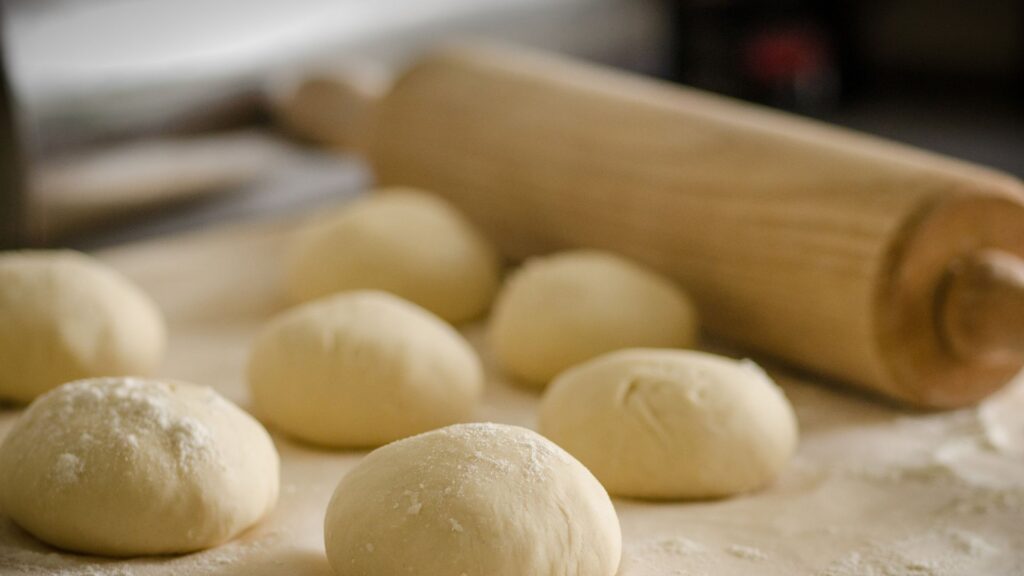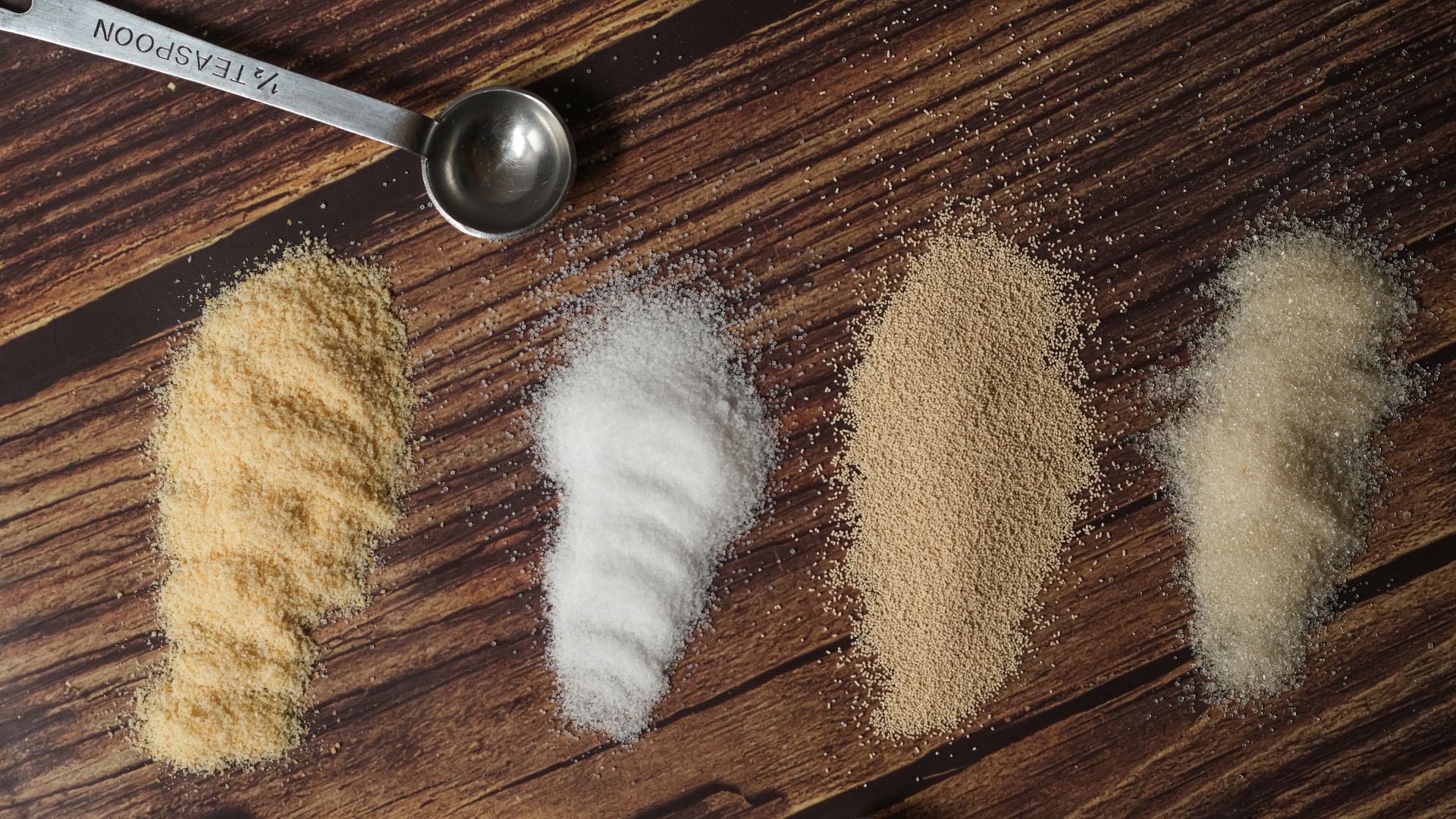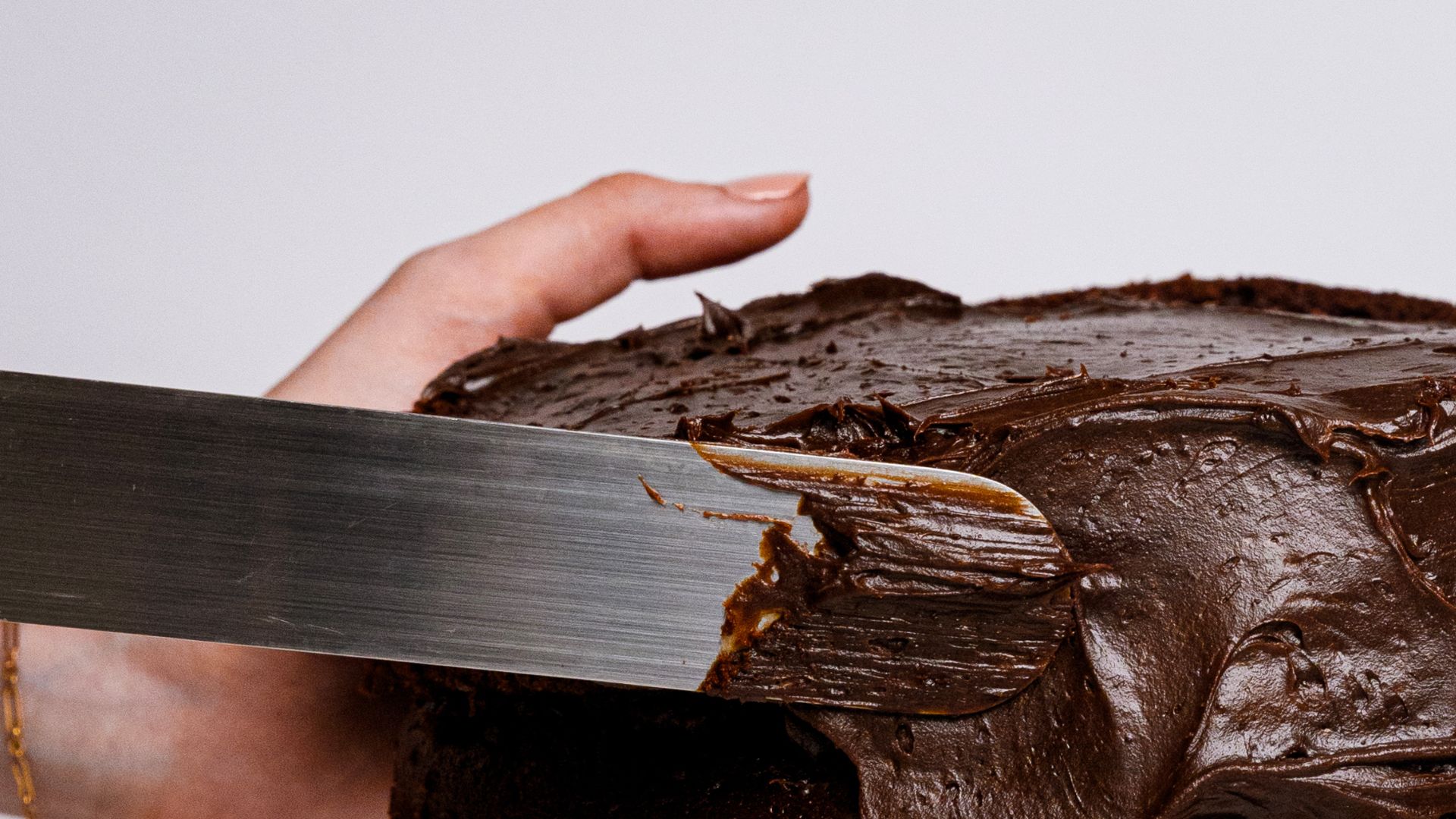As the world becomes more health-conscious, special dietary needs are on the rise. Whether it’s due to allergies, intolerances, or ethical choices, many people are opting for diets that exclude certain ingredients. In the world of baking, this has led to the rise of gluten-free, vegan, keto, paleo, and nut-free recipes. The good news is, you don’t have to sacrifice taste or texture when baking for these special diets – with the right substitutions and techniques, you can create delicious treats that everyone can enjoy.
Today we will covering the following topics:
- The rise in special dietary needs
- Gluten-free baking
- Vegan baking
- Other special diets
- Key considerations
- Sounds complicated, but isn’t: Baking for special diets
Let’s take a look at how to adapt your baking for gluten-free, vegan, and other special diets, and ensure that your baked goods meet dietary requirements while still tasting amazing.

The rise in special dietary needs
In recent years, there has been an increase in awareness around food allergies, intolerances, and dietary preferences. More people are choosing gluten-free, vegan, or low-carb diets for health, ethical, or environmental reasons. This shift has encouraged a whole new wave of creativity in the kitchen, especially in baking. Whether it’s a family member with a gluten intolerance, a friend who follows a vegan diet, or someone on a keto lifestyle, there’s no reason why you can’t offer delicious baked goods that cater to their needs. In fact, baking for special diets can often open up new opportunities to experiment with different ingredients, textures, and flavours.
Gluten-free baking
Gluten is a protein found in wheat, barley, and rye, and it’s responsible for the elasticity in traditional doughs and batters. For those with celiac disease or gluten sensitivity, it’s essential to avoid gluten, but that doesn’t mean you can’t still bake delicious cakes, cookies, and bread.
Tips for gluten-free baking: Use Gluten-Free Flour Blends: Instead of all-purpose flour, you can use gluten-free flour blends, which typically combine rice flour, potato starch, and tapioca flour. These blends are designed to mimic the texture of wheat flour and can be used in most recipes. Make sure to check the instructions on the flour blend, as some may require the addition of xanthan gum or guar gum to help bind the dough.
Experiment with single-ingredient flours: If you want to get a bit more creative, try experimenting with single-ingredient flours like almond flour, coconut flour, or oat flour. Each one has unique properties and can create a slightly different texture. For example, almond flour gives a moist, dense crumb, while coconut flour absorbs more liquid and results in a lighter texture.
Add binders and thickeners: Gluten-free batters can sometimes be crumbly and fall apart easily. To improve texture and structure, use egg replacers (like flax seeds or chia seeds) or gums like xanthan gum and guar gum. These help to hold the batter together and provide the elasticity that gluten normally gives.
Hydration is key: Gluten-free batters and doughs often require more liquid than their gluten-filled counterparts, as many gluten-free flours can absorb more moisture. Be prepared to add extra liquid or fat to your recipes to ensure the right consistency.

Vegan baking
Vegan baking eliminates eggs, dairy, and any other animal-derived ingredients, but this doesn’t mean you have to compromise on taste or texture. With the right substitutions, you can create cakes, cookies, and pies that are just as rich and delicious.
Egg substitutes:
Flaxseed or chia seeds: When mixed with water, ground flaxseed or chia seeds form a gel-like consistency that works as an excellent egg substitute in many baking recipes. Use 1 tablespoon of ground seeds mixed with 2-3 tablespoons of water to replace one egg.
Applesauce or mashed banana: These natural fruit purees can replace eggs in cakes and muffins. They help add moisture and a slight sweetness to the baked goods, while also providing a soft, tender texture.
Aquafaba: The liquid from a can of chickpeas (also known as aquafaba) can be whipped into stiff peaks to replace egg whites in meringues or other recipes that require a light, airy texture.
H3:Dairy substitutes:
Plant-based milks: Almond, soy, oat, and coconut milks are excellent alternatives to cow’s milk in baking. Just be sure to choose an unsweetened variety, unless the recipe calls for extra sweetness.
Vegan butter: Vegan butters or oils can easily replace dairy butter in most recipes. Coconut oil and vegetable oil are popular choices, but many brands now offer plant-based butters that mimic the flavour and texture of traditional butter.
Vegan cream cheese and yogurt: These can replace dairy-based cream cheese or yogurt in frostings, fillings, or cakes, and are widely available in most supermarkets.
Other special diets
Aside from gluten-free and vegan diets, there are several other special diets that may require a little extra attention in the kitchen. Here’s a brief overview of a few:
Keto: The keto diet is low in carbohydrates and high in healthy fats. To make keto-friendly baked goods, you’ll need to replace traditional flours with low-carb alternatives like almond flour or coconut flour. Sweeteners like stevia or erythritol can replace sugar, and you can use coconut oil or butter instead of vegetable oil.
Paleo: The paleo diet eliminates grains, dairy, and processed foods. Paleo baking typically uses almond flour, coconut flour, and other natural ingredients like honey or maple syrup for sweetness. Avoid processed sweeteners and opt for healthier, whole-food alternatives.
Nut-Free: Nut allergies are common, and many recipes that use almond flour or other nut-based products can be adjusted for nut-free diets. Substitute almond flour with sunflower seed flour or oat flour, and ensure that any toppings or fillings are nut-free.
Key considerations
When baking for special diets, the most important thing is to remember that substitutions can affect texture, flavour, and consistency. Here are some tips to make sure your baked goods are both delicious and diet-friendly:
Don’t be afraid to experiment with new ingredients, but be prepared for a few trial runs. Some substitutions may change the texture or consistency of your baked goods, so be open to adjusting the recipe as needed.
Special diets often mean you can’t rely on traditional sweeteners or fats. Make sure to balance the flavours in your baking by using natural sweeteners, spices, or extracts to add depth and complexity.
Always test your recipes before serving them to others. Special diets may require a bit of fine-tuning, so take the time to perfect the recipe to ensure it’s both tasty and satisfying.
Sounds complicated, but isn’t: Baking for special diets
Baking for special diets doesn’t have to be complicated. With a little understanding of ingredient substitutions and the right techniques, you can create delicious, diet-friendly treats that everyone will enjoy.
Let’s summarize one more time before you go:
- Due to health, ethical, and environmental reasons, special dietary needs like gluten-free, vegan, and keto have become more common, leading to increased creativity in baking.
- Use gluten-free flour blends, single-ingredient flours, and thickeners like xanthan gum or cornstarch. Adjust moisture levels as gluten-free dough tends to require more liquid.
- Substitute eggs with flaxseed, chia seeds, or applesauce, and replace dairy with plant-based alternatives like almond milk and vegan butter to achieve rich, tasty results.
- For keto and paleo diets, use almond flour, coconut flour, and sugar alternatives like stevia. For nut-free baking, opt for sunflower seed flour or oat flour as substitutes for nut-based ingredients.
- Always experiment with substitutions and balance flavours to ensure the baked goods are both delicious and diet-friendly. Make adjustments to achieve the desired texture and flavour.
- It’s essential to test your special diet recipes before serving them, as substitutions may affect texture and flavour, so fine-tuning may be required for the best results.
Whether you’re baking gluten-free cookies, vegan cupcakes, or keto brownies, there’s no reason why you can’t indulge in a sweet treat that fits your dietary needs. Happy baking!
💡Pro Tip: When baking for dietary concerns, always double-check ingredient labels to ensure they meet specific requirements, like gluten-free, vegan, or nut-free. Even small hidden ingredients (like dairy in processed sugar or gluten in certain starches) can impact your recipe. Additionally, always test a small batch first to perfect the recipe before making larger quantities.








